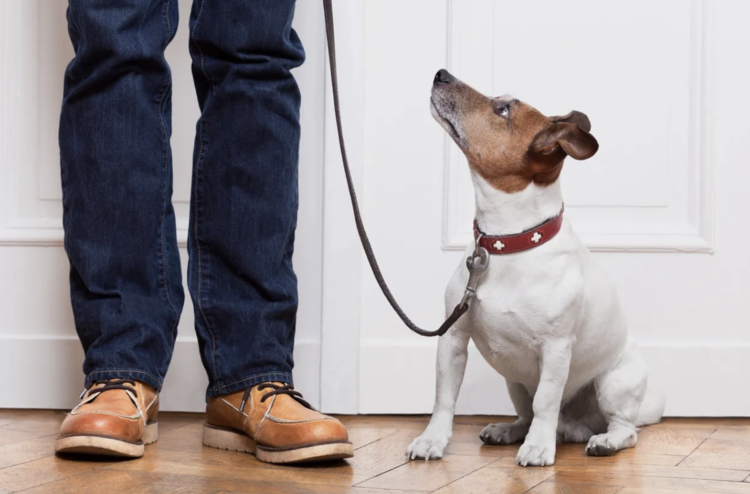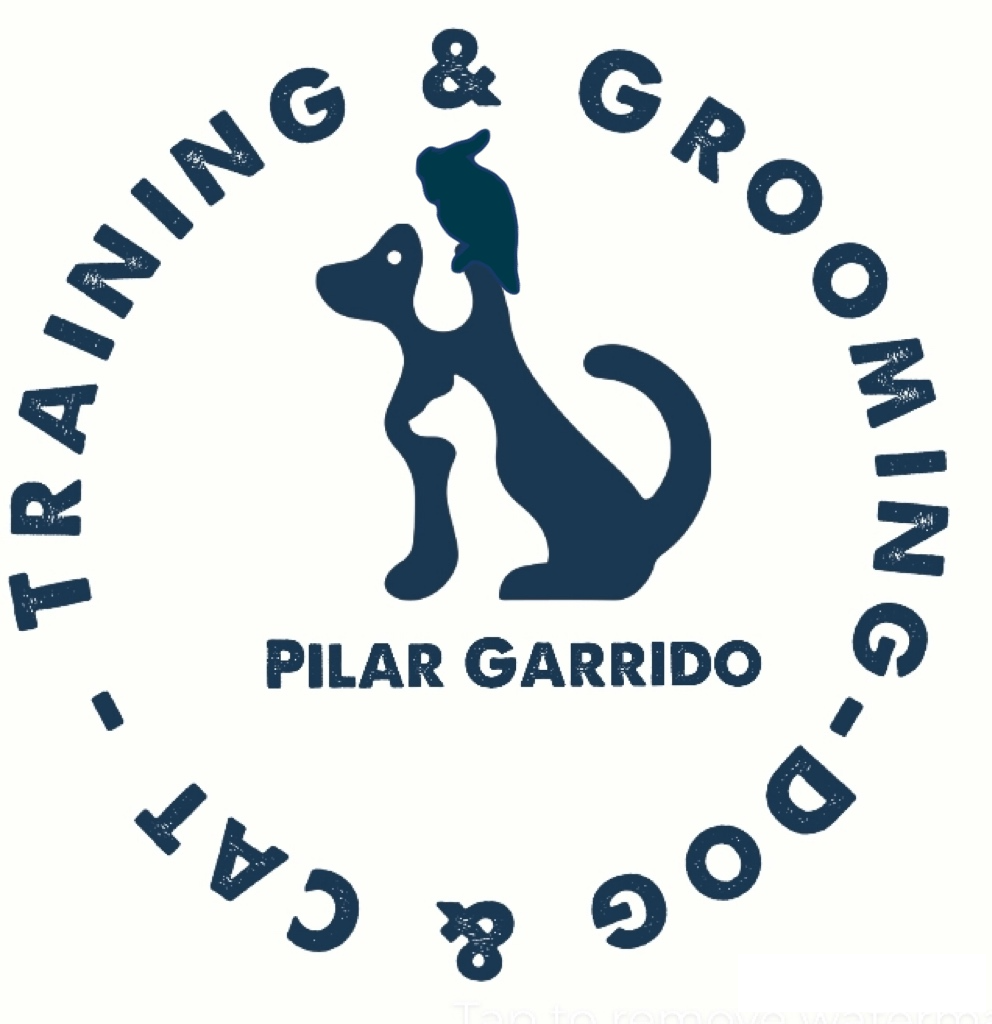Tips For Raising A Healthy, Well-Behaved Dog
Dog Tips, Aug 17, 2020
By Pilar Garrido
As a dog grows up, few of us take into consideration the importance of teaching her correct behavior. Giving our dog lots of love is a positive thing, but if we overload her with too much petting and caressing — even to the point of allowing her to sleep on the sofa or bed without our permission, for example — it can become negative.
If a younger dog does whatever she wants without discipline, this can become a huge problem. When a strong breed like a German shepherd becomes an adult, traits like aggressiveness and possessiveness can become difficult to control. Parents set limits on what their child can and cannot do at home. This is true especially when the child is going to school, in regards to study and play. The same applies to our dogs.
We need to have a better understanding of why our dog behaves the way she behaves. It’s essential to make observations and take notes. Could it be because she feels protective of the family? Is she being territorial when new people are visiting? Is she being possessive when the family approaches someone new? Perhaps she lacks socialization and feels insecure when a new dog is introduced into the family. If we can isolate the problem, we can find a solution.
When the dog’s aggressiveness is not due to abuse or bad socialization, follow the tips below. However, If the problem is due to maltreatment, use the same tips but with the help of a professional trainer. A trainer can assist us on how to disconnect our dog from bad associations and what steps to take, as this will require time and patience.
Some dogs are normally not aggressive but become that way because of health issues such as hip dysplasia, kneecap injury or other painful injuries. We can observe this situation when we try to pet a specific part of the dog’s body, and she suddenly snaps or becomes aggressive. If this is the case, we need to bring her to the veterinarian to be examined. Never use punishment to stop aggressiveness because that can make matters worse, and our dogs might even turn against us.
“Never use punishment to stop aggressiveness because that can make matters worse, and our dogs might even turn against us.”

TIPS:
- Dogs are hierarchical by nature. They follow leadership and know their place in the family. Leaders are not aggressive; they are there to maintain peace and control. They are calm, fair, balanced and expect others to follow certain rules. In our homes, we must set strong examples for our dogs. We set the rules and expect our dog to follow, not the other way around. Whenever our dog is whining and wants to go out, we do not go and grab the leash right away. We wait, and when the dog has calmed down, we then get the leash. The dog needs to demonstrate good behavior as a reward for going out. She needs to understand what is allowed and not allowed at home. When our dog needs something, give her instruction first such as ‘handshake’ or the simple command ‘sit and stay,’ and then we can permit her to do what she wants.
“In our homes, we must set strong examples for our dogs. We set the rules and expect our dog to follow, not the other way around.”
- Safety and security should always be our priority. The use of muzzles (if needed) is an important preventive measure from getting bitten by our dog. There are three types of muzzles. (1) The basket type is used for outdoor activities and allows for easy drinking access; (2) The short-snout muzzle is good for dogs such as the Pugs, Pekingese and Shih Tzu; and (3) A soft sleeve muzzle is good whenever there are home visitors or when bringing our dogs on short errands with us. Never leave the dog at home with a muzzle on, as it will create discomfort and anxiety.
- The dog needs to have a routine exercise, such as walking in the park or roaming around in a fenced area. This is important especially for energetic dogs. It is a way of calming down their energy level. A reward for good behavior is allowing the dog to roam freely. The leash can only come off once an order is obeyed. Example: ‘Focus:’ the dog is seated as she looks at us and as we take off the leash, we then say ‘Go:’ and then she is free to run around.
- The dog needs to have a place she can call her own — a place where she can sleep or relax. This is her place of security. It could be a blanket, a bed or an open transport. I prefer a blanket because it is easy to move around. A dog should be allowed on a sofa or bed only when we give permission. When we eat, the dog needs to go to her place to respect us. The same applies for when we have visitors or when we need to talk on the phone.
- Pat or caress the dog when she is calm and obeys orders. Caressing when she feels tense means allowing her to continue feeling that way. Touch is always a form of healing. It should have a positive association.
- Food and toys should not be laying on the floor the whole day. There should be a set time for eating and playing. Other than that, food and toy should be stored in their proper places.
- Teach our dogs the command ‘Leave It!’ When removing something out of the dog’s mouth, never force it, as she might learn possessiveness and can in turn to aggressiveness. We need to teach our dog that whenever she drops something with the command ‘Leave it,’ she gets a special treat or toy as a reward.
I hope this simple guide can help you raise a healthy and well-behaved dog. Remember, our dogs look to us for leadership and we must provide it.
If you have additional questions regarding your dog, please send an email to info@dogwhispererhq.com or to my Instagram @pilargarridola. Thank you.
